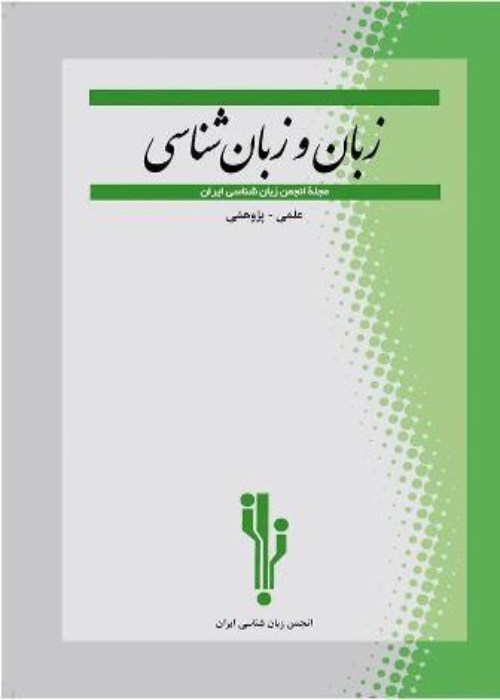Effect of apparent resemblance of the Persian letters on their visual recognition
This article aimed to investigate the Persian letter similarities based on a phonological approach and the extent to which it affects visual letter recognition while reading, and defining a confusion matrix for the letters. Presenting a new classification according to the similarities of the letters can help to control the errors which occur as a result of letter similarities. The experiment was designed using the E-prime version 2.0, and two Alternative Forced Choice method in accordance with the Persian phonology and writing system. 55 visual minimal pairs were chosen for the test. The first consonant-vowel string of the distractor was introduced as a pre-mask to participants, next the target and the post-mask were presented and at the end the target and the distractor were shown to investigate the recognition of the target by the participants. By examining the participant’s visual and morphological perceptions simultaneously, the statistical descriptive indices and Xi square analysis on effect of age, gender and morphological structure showed that similar letters were more often mistaken in visual recognition than non-similar letters.


